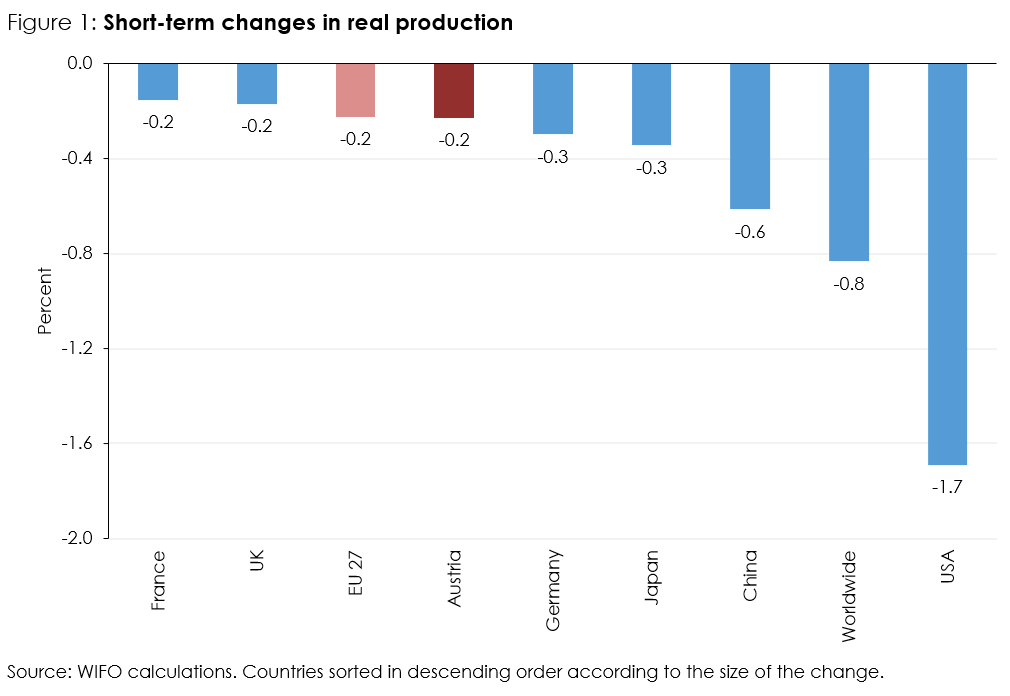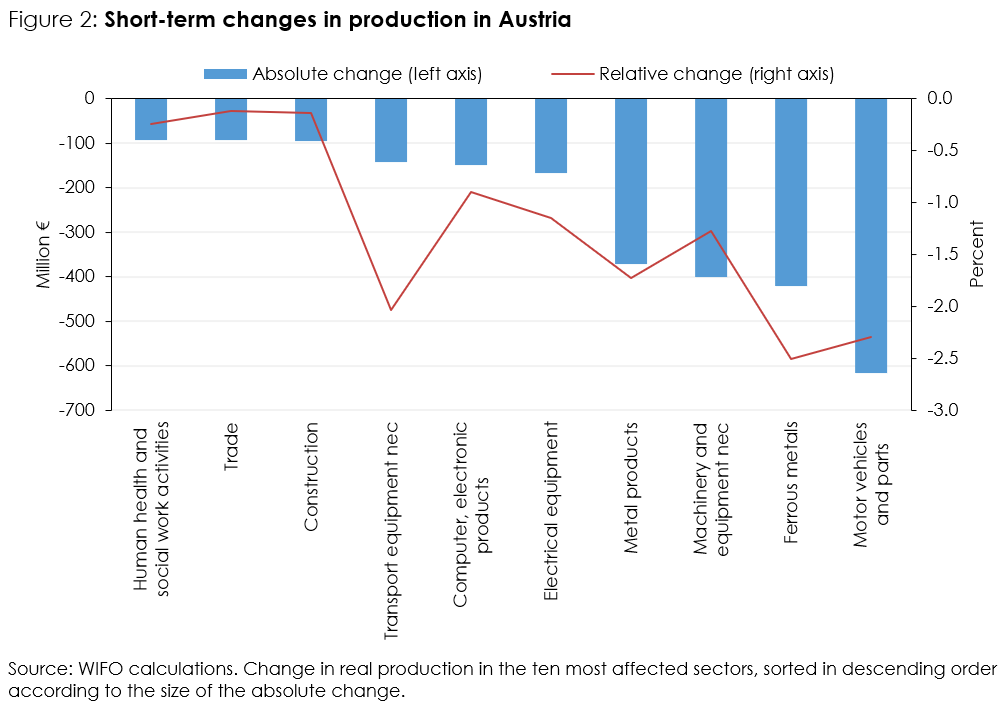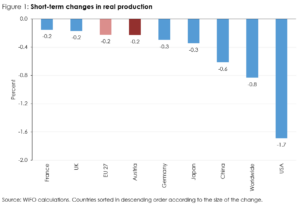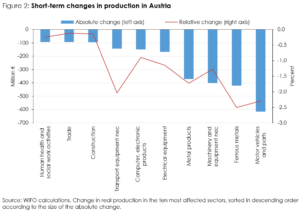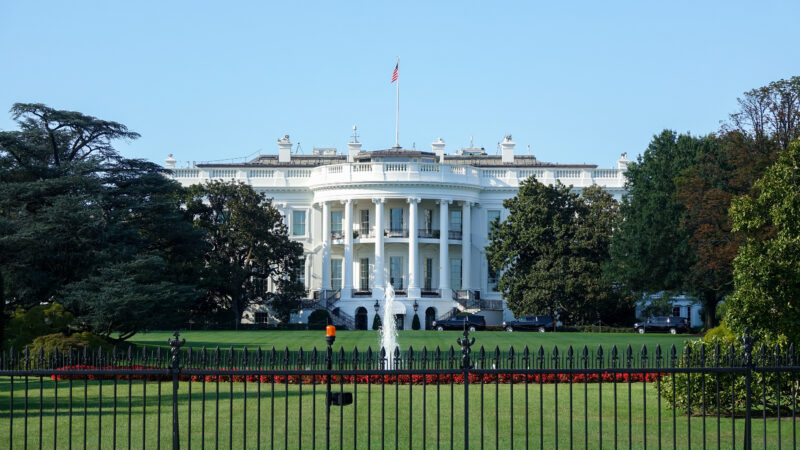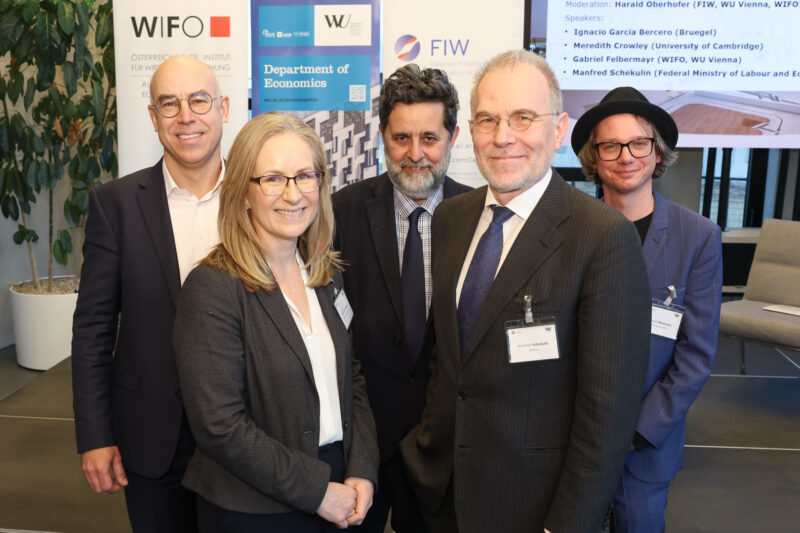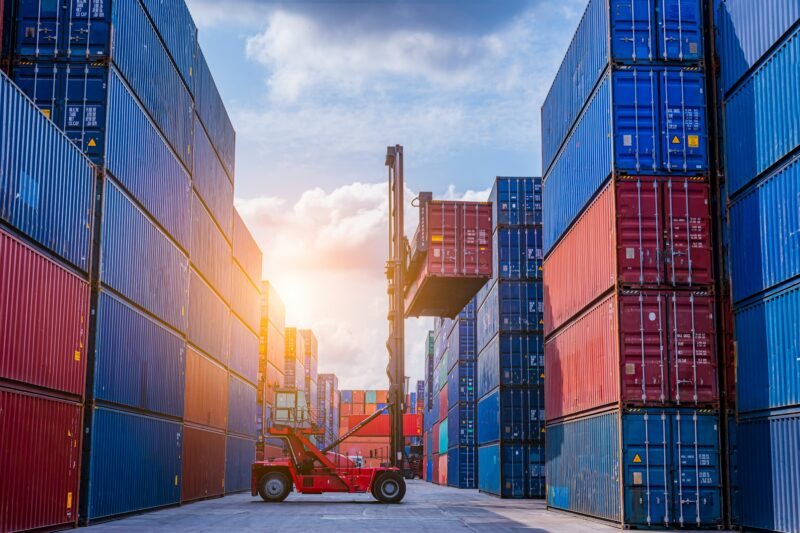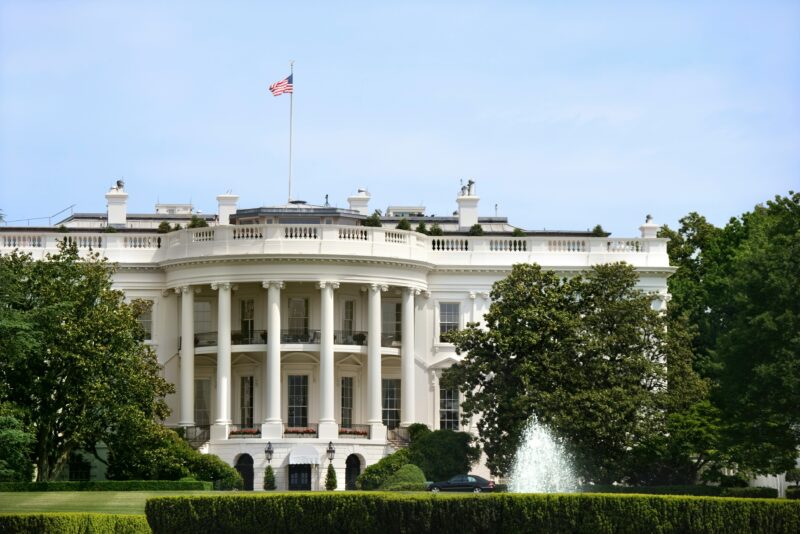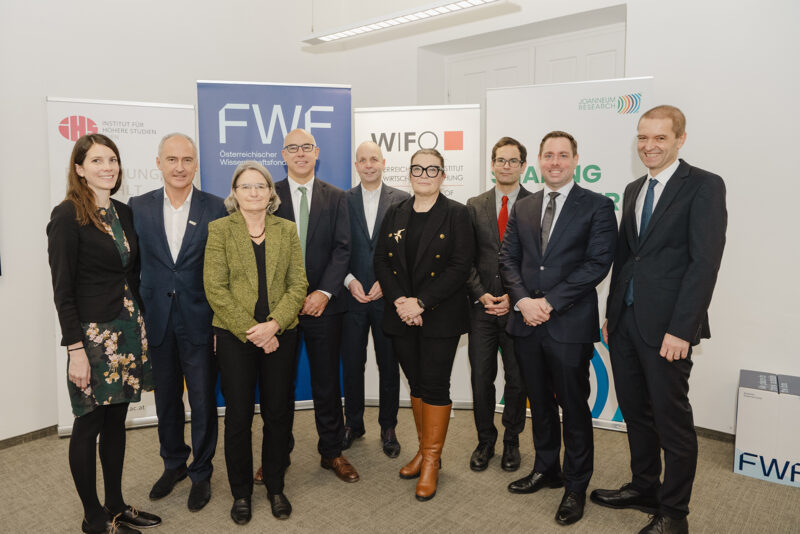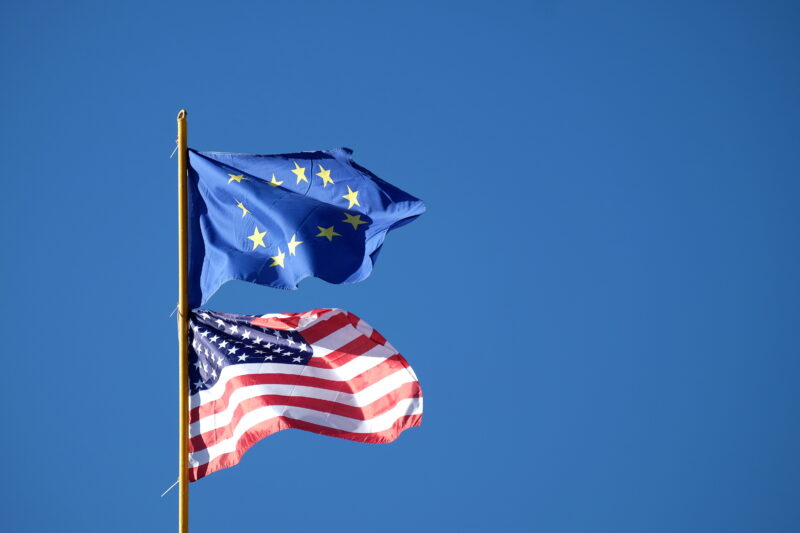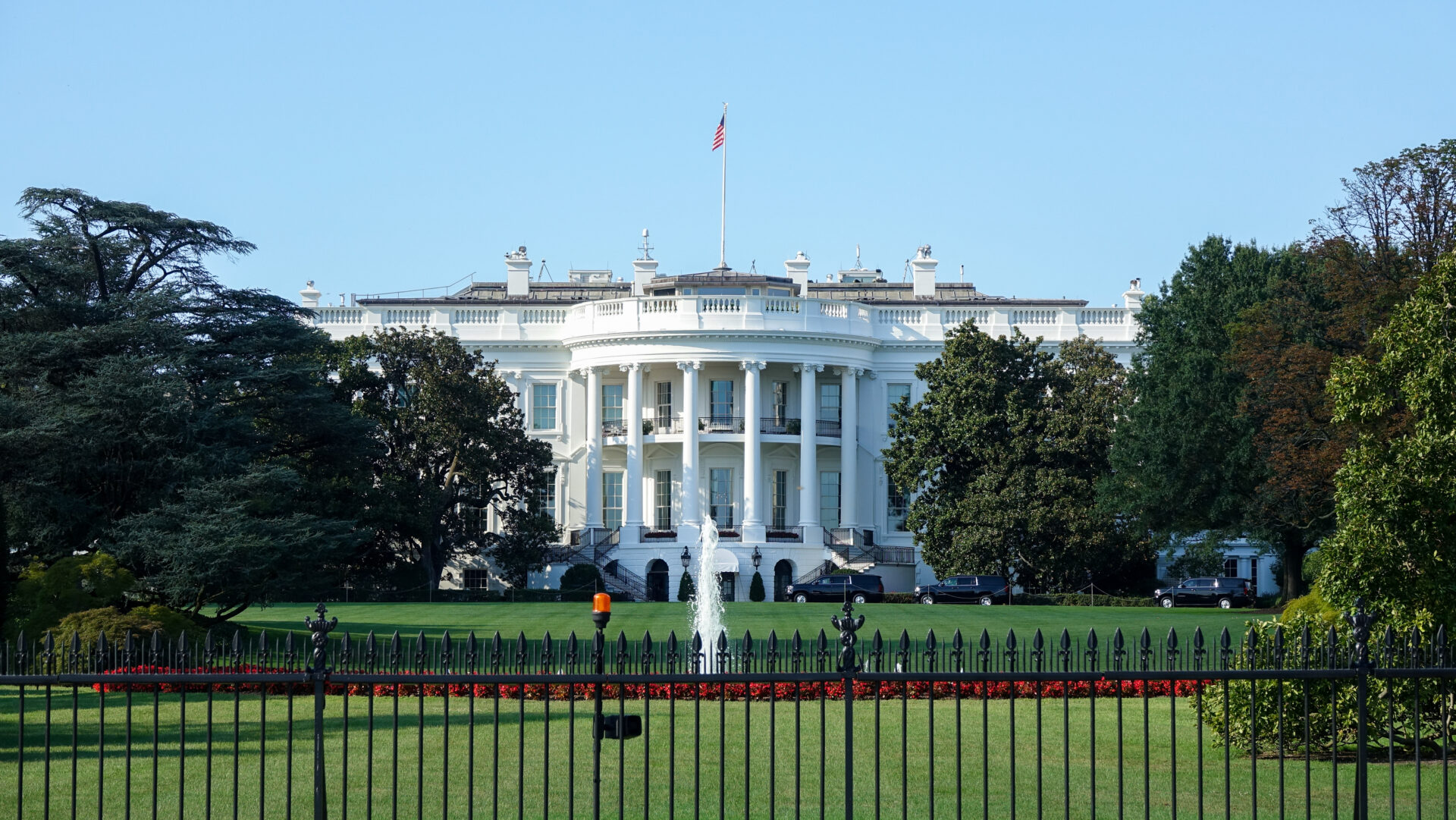
New US Tariffs Significantly Burden Exports and the Economy in Europe
Significant short-term burden for Austria and the EU
The new tariffs are already having noticeable short-term economic effects, as shown by recent simulations using WIFO's KITE model.
Austria's real GDP falls by 0.23 percent in the short-run, and the EU's overall GDP by 0.22 percent. In the long-run, Austria's GDP is projected to drop by 0.33 percent, the same as for the EU as a whole. Export-oriented economies like Austria are particularly affected. For comparison, GDP of the USA is expected to decline by 1.69 percent due to the tariffs.
Austrian exports decrease by 0.76 percent in the short-term, with total EU exports falling by 0.62 percent. In the long-term, Austrian exports are projected to be 1.4 percent lower. The market of the USA is becoming significantly less attractive to European businesses in the short run.
In Austria, the price level drops by 1.14 percent due to reduced demand, and by 0.88 percent across the EU. These deflationary trends stand in stark contrast to a sharp rise in inflation in the USA (+7.26 percent).
Industry hit hard – automotive, machinery, and metal sectors suffer most
The impact of the new US tariffs is particularly evident in Austria's industrial sector. The automotive industry is hardest hit, with a drop in economic output of –2.29 percent, equivalent to a loss of around 616 million €. The machinery and equipment sector also records a significant decline of –1.27 percent, or 400 million €. Other severely affected sectors include fabricated metal products (–1.73 percent, –373 million €), the iron and steel industry (–2.50 percent, –422 million €), and electrical equipment manufacturing (–1.15 percent, –167 million €).
These figures highlight that export-dependent, technology-intensive industries are particularly vulnerable to the new trade barriers.
"The US's protectionist measures strike at the heart of Austria's industrial base. In sectors like automotive and machinery, where export dependency is especially high, the new tariffs are causing substantial losses. Political tensions are increasingly becoming economic realities – which makes a coordinated European response all the more essential to ensure long-term trade stability", says WIFO economist Hendrik Mahlkow.
Publications
- Hendrik Mahlkow (WIFO)
- Sonali Chowdhry (DIW Berlin)
- Julian Hinz (IfW)
Please contact


